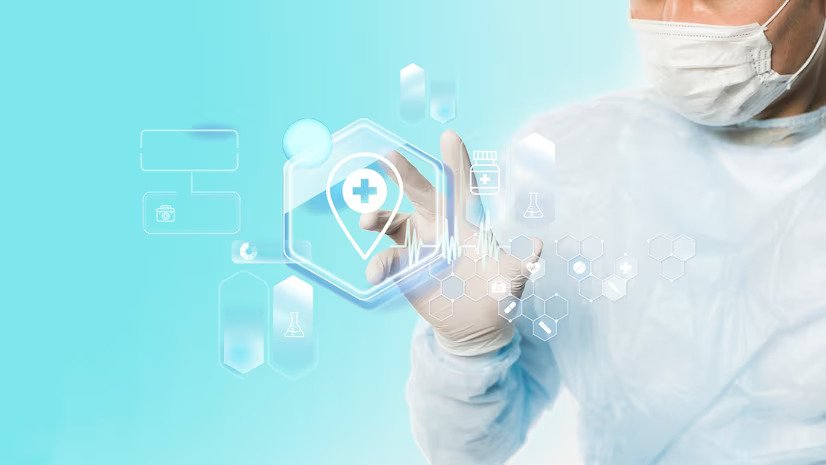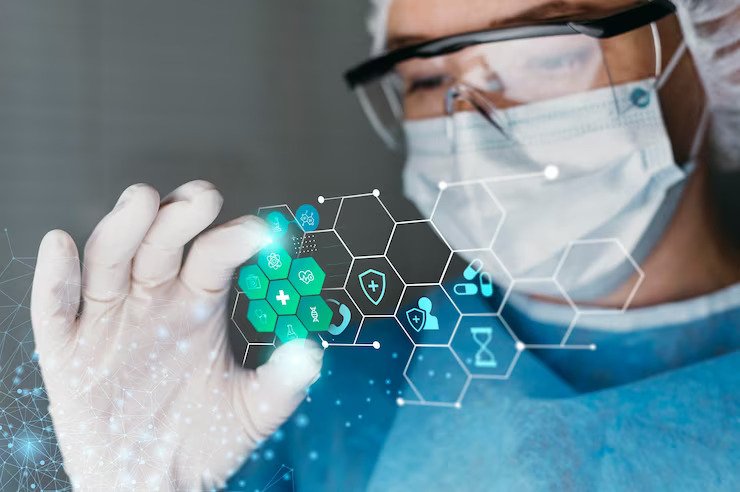The aging population is a growing demographic trend that is having a significant impact on the healthcare workforce.
The aging population is defined as those aged 65 and over, and it is estimated that by 2030, this demographic will make up roughly 20% of the US population. As this population continues to grow, there is an increasing demand for healthcare services to meet the unique needs of older adults.
This demand is creating a need for more healthcare workers to provide quality care for this population. The healthcare industry must address this demand to ensure that they receive the care they need.
The aging population and increased prevalence of chronic diseases
With the aging population comes an increased prevalence of chronic diseases. Chronic diseases are long-lasting conditions that are more common in older adults, such as heart disease, cancer, and diabetes. These conditions require ongoing care and management, placing a significant burden on the healthcare system.
As the aging population grows, so does the number of individuals living with chronic diseases. This trend highlights the importance of investing in the healthcare workforce to manage chronic diseases and provide quality care for this population.
Growing demand for healthcare services

The aging population is also contributing to a growing demand for healthcare services. As individuals age, they require more healthcare services, including preventive care, hospitalization, and long-term care. This demand is creating a need for more healthcare workers to provide care for this population.
The demand for healthcare services is expected to continue to grow as this population continues to increase. The trend toward an aging population and growing demand for healthcare services highlight the need for a well-trained and educated healthcare workforce to meet the demands and ensure that everyone receives the care they need. With an online accelerated BSN, you can gain the skills and knowledge needed to have a successful career and contribute to addressing this demand.
Impact of an aging population on the healthcare industry
The aging population’s impact on the healthcare industry is significant and far-reaching. The increased prevalence of chronic diseases and the growing demand for healthcare services have led to several challenges for healthcare providers, policymakers, and the healthcare workforce. The healthcare industry must adapt to these changes to provide high-quality care.
One of the significant challenges is managing healthcare costs. The healthcare industry must find ways to provide cost-effective care without compromising on quality. Additionally, there is a need to increase access to healthcare services, especially in rural areas, where healthcare services are often limited.
The healthcare industry must also address the shortage of healthcare workers, especially in areas such as primary care, geriatrics, and nursing. Finally, the healthcare industry must prioritize the use of technology to improve healthcare delivery and patient outcomes. The aging population’s impact on the healthcare industry underscores the need for innovation, collaboration, and investment in the healthcare workforce and technology.
Shortage of healthcare workers and the need for more professionals
The shortage of healthcare workers is a significant challenge facing the healthcare industry. With the growing demand for healthcare services due to an aging population and an increasing prevalence of chronic diseases, there is a need for more healthcare professionals.
This shortage is affecting the quality of care that patients receive, leading to longer wait times and a heavier workload for healthcare workers. Addressing this shortage requires a comprehensive approach, including investing in healthcare education, improving working conditions, and increasing salaries.
Role of technology in healthcare workforce management

Technology is transforming the healthcare industry, and it is also playing a crucial role in workforce management. With the increasing demand for healthcare services, technology is helping to streamline workflows, improve communication and optimize scheduling.
Healthcare organizations are using technology to automate administrative tasks, such as appointment scheduling and patient registration, allowing healthcare workers to focus on patient care. Additionally, technology is helping to facilitate remote work, enabling healthcare workers to work from home or other locations.
Importance of specialized training and education
The healthcare industry is continually evolving, and healthcare workers must have specialized training and education to provide quality care. As the demand for healthcare services grows, there is a need for healthcare workers to specialize in areas such as geriatrics, palliative care, and mental health.
Specialized training and education ensure that healthcare workers have the knowledge and skills necessary to provide quality care for their patients. Additionally, specialized training and education can help healthcare workers advance in their careers, leading to higher salaries and better job opportunities.
Economic and societal implications of an aging population
The aging population has significant economic and societal implications. As the population ages, there is a shift in spending patterns toward healthcare, retirement, and long-term care services. This shift places a strain on social programs such as Medicare and Social Security, and it also creates a need for new programs to support older adults.
Additionally, the aging population is leading to changes in the workforce, including a growing demand for healthcare professionals and an increase in older adults continuing to work. It is essential for policymakers to address the economic and societal implications to ensure that everyone can age with dignity and receive the care they need.
Policy implications and government response
The government plays a critical role in addressing the challenges posed by an aging population. Policymakers must prioritize healthcare policies that support older adults, including increased funding for healthcare services and programs that support older adults.
Additionally, policymakers must address the workforce shortage by investing in healthcare education and improving working conditions for healthcare professionals. The government must also address the economic implications by reforming social programs and creating new programs that support older adults.
Future directions
The aging population presents significant challenges and opportunities for the healthcare industry and society as a whole. The growing demand for healthcare services and the shortage of healthcare workers require a comprehensive approach that includes investing in healthcare education, improving working conditions, and increasing salaries.
Technology also plays a crucial role in workforce management, enabling healthcare organizations to meet the growing demand for healthcare services. Policymakers must prioritize healthcare policies that support older adults and address the economic and societal implications of an aging population.
The healthcare industry must continue to adapt to the changing needs of an aging population, and society must work together to ensure that everyone receives the care they need.
Read Also:






















